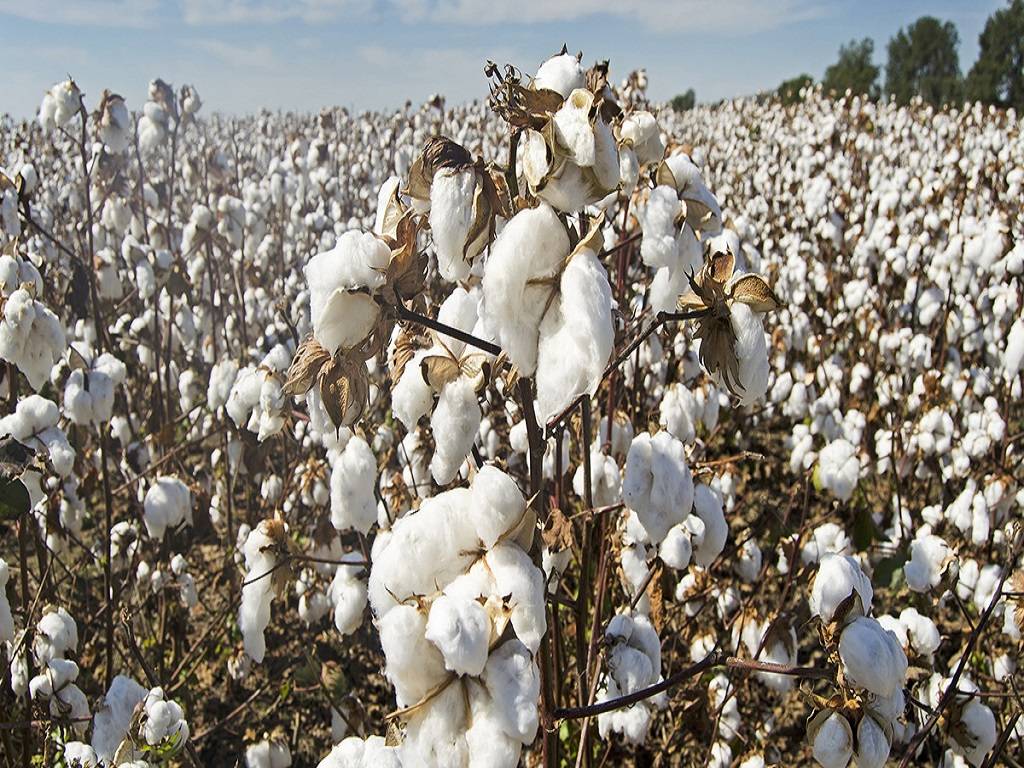
With Thursday’s (7 July) downpour, cotton producers in the Muktsar district breathed a sigh of relief from whitefly. The average rainfall in the area was 20.6 mm. Notably, whitefly has been observed in 51 fields over the economic threshold level (ETL). However, it has already surpassed the ETL in 31 areas," said Gurpreet Singh, Muktsar's Chief Agriculture Officer.
"The problem of whitefly is mostly due to inhibited plant development and the current hot and dry weather," he noted. More rain is needed for the cotton crop to grow properly. Furthermore, the rain will aid in the eradication of whitefly."
Meanwhile, a team of specialists from the Punjab Agricultural University (PAU) visited the district to examine the occurrence of whitefly, pink bollworms, and jassid in the cotton crop.
Dr. Nirmaljit Singh Dhaliwal, Associate Director, Krishi Vigyan Kendra, Muktsar, said that they were frequently urging farmers to check their cotton fields and treat pesticides as per PAU recommendations wherever whitefly was over the ETL.
"The seeding of the cotton crop was delayed in several sections of the district due to the closure of the Sirhind feeder canal," said Gurjant Singh, a cotton planter. Furthermore, there has been no rainfall yet. Cotton plants were unable to reach their full height as a result."
Meanwhile, Nirmal Singh of Jasseana village stated, "Cotton plants in my field are about 1.5 feet tall." At this point, they should have been 2.5 feet tall. It occurred as a result of the current hot and dry weather.
Due to insufficient rainfall, the plants were unable to achieve the needed height. Furthermore, a dusty insect has arrived at developing plants considerably sooner.
"This is a crop-friendly insect," stated the Chief Agriculture Officer, "but we are continuously examining the developing crop." The precise cause of its early arrival, however, is uncertain."'
















